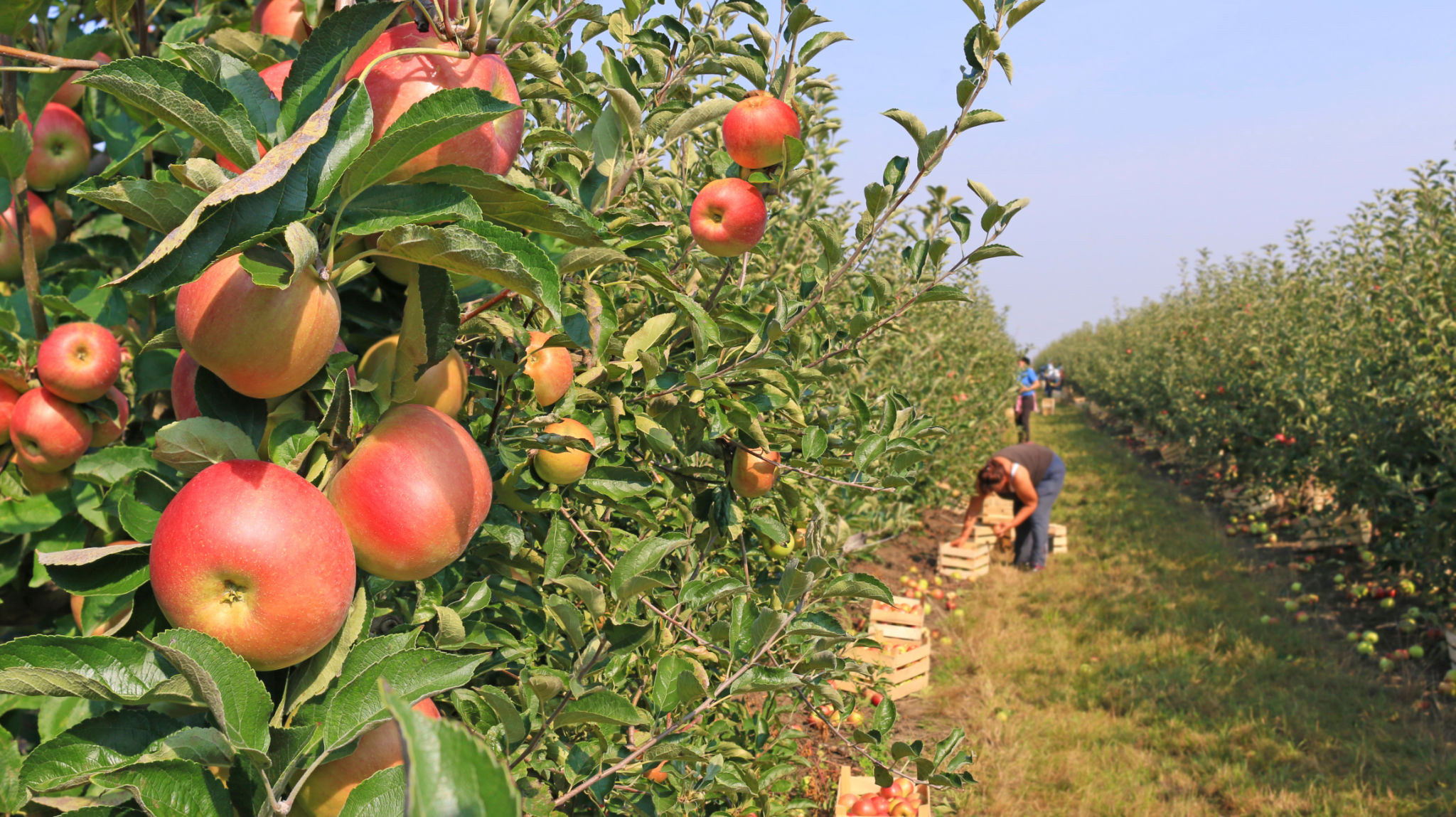Seasonal Workforce Optimization: Preparing for Peak Business Periods
AB
Understanding Seasonal Workforce Needs
For many businesses, peak periods such as holidays, special sales events, and festival seasons bring an influx of customers that can significantly boost revenue. However, managing this increased demand requires strategic workforce planning. Understanding your seasonal workforce needs is the first step toward ensuring smooth operations during these high-traffic times.
Start by analyzing past data to predict future trends. Identify which periods see the highest customer footfall and pinpoint where your business struggled to meet demand. This analysis will help you determine how many additional workers you need and what skills they should possess.

Recruitment and Hiring Strategies
Once you have a clear idea of your staffing requirements, it's time to focus on recruitment. Begin your hiring process well in advance of the peak season to ensure you have enough time to find and onboard the right talent. Consider using platforms that specialize in connecting businesses with seasonal workers.
Implement a streamlined hiring process to quickly evaluate candidates. This might include virtual interviews and skills assessments to save time. Additionally, tap into your existing network by offering referral bonuses to current employees who recommend potential hires.

Training and Development
After hiring, comprehensive training is critical to prepare your seasonal workforce. Develop a training program that covers essential skills and knowledge specific to your business operations. Interactive training sessions and on-the-job shadowing can be effective in quickly getting new hires up to speed.
- Provide clear instructions and support materials.
- Use experienced staff to mentor newcomers.
- Offer real-time feedback to encourage improvement.
Optimizing Workforce Efficiency
Efficient management of your seasonal staff can lead to higher productivity and better customer service. Implement workforce management tools to schedule shifts effectively, ensuring adequate coverage during peak times without overstaffing during quieter periods.
Encourage open communication among team members to foster a collaborative work environment. Regular check-ins and feedback sessions can help maintain morale and address any issues promptly.

Retention and Redeployment Strategies
Retaining top-performing seasonal employees can save valuable time and resources in the future. Offer incentives such as completion bonuses or potential conversion to permanent roles for those who excel during the peak period.
Consider creating a talent pool of reliable seasonal workers whom you can call upon for future peak periods. This strategy not only reduces hiring time but also ensures a workforce familiar with your business operations.
Review and Reflect
After the peak period ends, conduct a thorough review of your seasonal workforce management practices. Gather feedback from both seasonal and permanent staff to identify areas for improvement. Analyze sales data against labor costs to determine the effectiveness of your staffing strategies.
Learning from each peak period will allow you to continuously refine your approach, making future operations even more efficient and successful.

